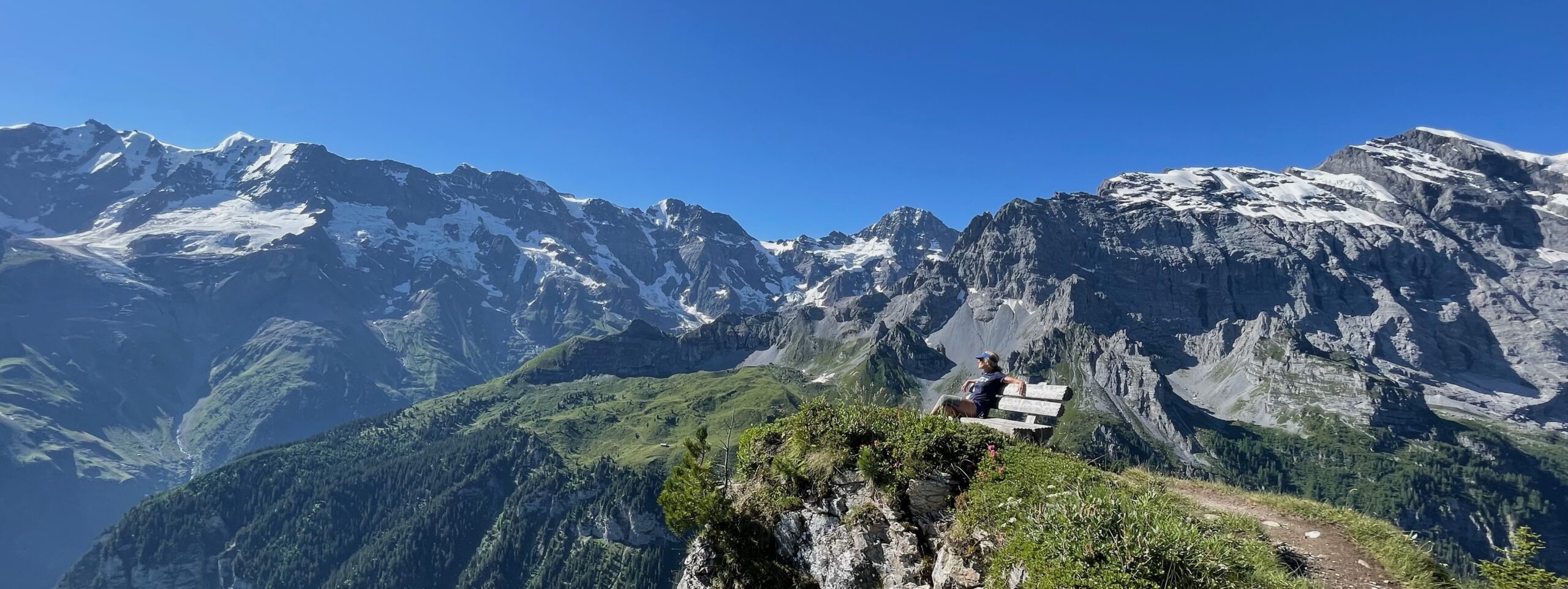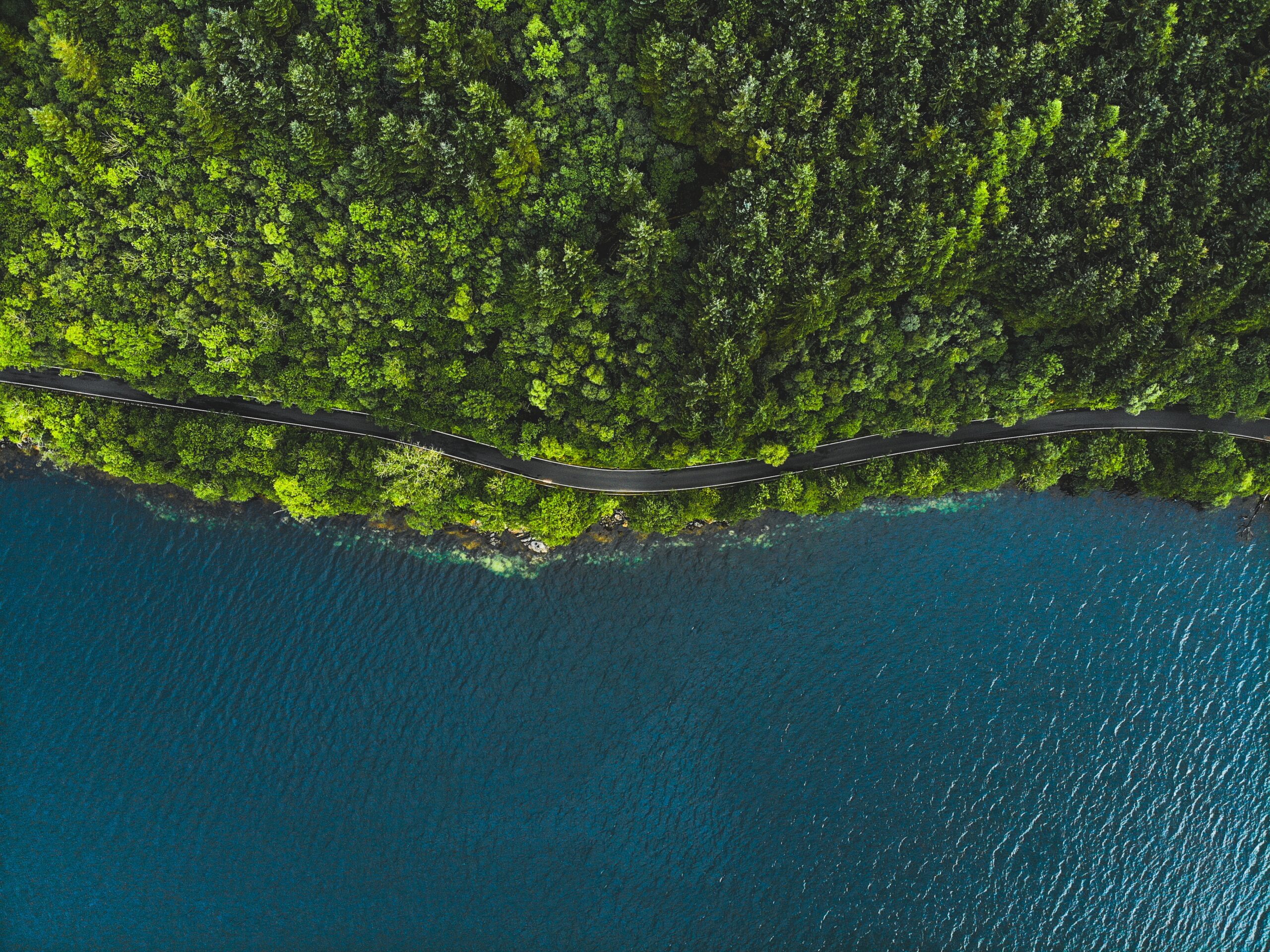We met with Kristin Coates, the change-making sustainability executive and founder of Regenerative California, to talk about regenerative economies, her new venture, and why it’s her love letter to the state.
[This interview has been edited and condensed.]
How did you initially get interested in the conservation movement?
Growing up, I was lucky to come from a family of adventurers and travelers. Those early travel experiences opened my eyes to people and places all over the world. Through my environmental studies in college and the training I later received in wilderness leadership programs, my relationship with nature was shaped in a very humbling way. My connection to nature is by far one of the most loving, nourishing, caring relationships I’ve ever had. All of these experiences led me to ecotourism, where I learned an important first lesson in how economies can thrive in harmony with nature.
What is your definition of “regenerative”? Where does that fall vis-a-vis “sustainability”?
In the simplest terms, sustainability is about doing less harm. Circularity is designing for no waste in the system. A regenerative system honors both sustainability and circularity, and focuses on how we can restore and replenish ecosystems and cultures; how we can make lasting improvements.
Regenerative California focuses on California’s economy. What if we could create an economy where we’re actually restoring the health and prosperity of humans and the planet, where we’re investing in businesses and innovations to solve these collective challenges, while having a robust economy? That’s the aspiration.
What’s an example, in practice, of a regenerative economy?
One example is regenerative tourism. Tourism touches nearly every other sector from agriculture to energy and transportation. When done right, regenerative tourism can be a strong economic driver (it’s already a multi-billion dollar industry in California) and can influence social and environmental progress. Regenerative California is working with Visit California and JLL to advise each of the state’s 12 regions to integrate working principles of regenerative tourism. In other words, tourism actually contributes to the health and prosperity of the region. People are more familiar with sustainable tourism practices, whereby visitors are creating less harm, such as “put your towel on the hook so housekeeping doesn’t replace it, thereby conserving water,” or ecotourism that focuses on connecting tourists to nature-based experiences.
Both are important, but regenerative tourism takes it a step further by being an economic, social, and environmental driver. In collaboration with natural resources, agriculture, transportation, and more, tourism can generate the market demand for more regenerative products, experiences, and services. There are a lot of great examples worldwide where regenerative tourism is truly transforming and supporting local cultures and economies. I have been fortunate to work with many regions and travel destinations on becoming models of regenerative tourism, from Patagonia to the jungles of Belize, to Big Sur, California, to the biodynamic farm communities in New Zealand.

Tell us more about the organization you founded and what you’re focused on?
Regenerative California is devoted to making the Golden State the first regenerative economy in the nation. We work with public, private, and nonprofit sectors to innovate solutions for issues that range from affordable and healthy homes to protecting and restoring marine and terrestrial ecosystems, to growing new businesses.
The idea came to me when working with a couple of businesses in Monterey County: a globally-acclaimed hotel and an innovative lumber business. We wondered, what if they could procure everything within 75 miles of their businesses? That could transform and regenerate an economy; if you could bring other businesses along to create the demand, you could actually shift the market.
We chose Monterey as the pilot for Regenerative California for a few reasons. First, Monterey is both the richest and poorest county in all of California. It represents a sort of microcosm of what’s happening in terms of a shifting demographic in the state. It’s the longest stretch of coastline of any California county. And it certainly boasts some of the most iconic natural ecosystems in California, as well as having leadership that is interested and willing to come on board.
So much of your work is grounded in partnerships, particularly with the government. How do you work with something that seems so behemoth?
We have two government leaders on our Regenerative California advisory board. One is the newly-elected county supervisor Kate Daniels and one is retired Congressman Sam Farr, who spent 27 years in Congress. Working with them is a dream because they understand the system, are courageous, and know how to bring people together.
It all comes down to relationships. Doing the work of regeneration isn’t the hard part—it’s really the human relationships that are the most challenging. People and structures often resist transformation due to power dynamics, siloed agendas, ego, and so much more. It doesn’t matter how great an idea is, or even who you know, it’s how you show up with and for one another. It’s a systems approach—getting out of silos and embracing collaboration.
When you’re in the “trenches” doing the work, it’s really hard to see a measurable shift. These are big shifts that take decades, generations. I ultimately believe that if we can make these changes at the regional level, the sum of the parts will contribute to a more holistic whole. If it’s happening in Monterey and we can make it happen in other counties in California, eventually this is how we start shifting a system. While the work of big global agencies and nonprofits is important, I feel strongly about a regional approach. Regional transformation feels doable and can be a living model for others.
How do you feel that California is leading the way?
I almost get teary when talking about it. When I left college, all I could think of was going to California. It was the place, the promised land. And it didn’t disappoint—it was incredible. About a decade ago I was raising a young child and started to feel the burn. I felt the culture shift, and I felt like California was losing its way. There was regular press about the wildfires, droughts, and the cost of living, and yet California is an epic place with amazing people doing innovative things.
Regenerative California is my love letter to all of California’s best qualities: the will, the resourcing, and the ability to get organized. Regenerative California can start shifting culture, proving that we can still be the fifth-largest economy—or maybe become the fourth- or the third-largest—while investing in more regenerative businesses and solutions. There’s a saying, “So goes California, so goes the nation.” California can become the first regenerative economy. It will be difficult, it will be fun, and we will lead the way for others. That’s what California does.
This is part two of a two-part series on the leaders of Regenerative California. Read our interview with Kristin’s partner and sustainability pioneer, Lynelle Cameron, here.







